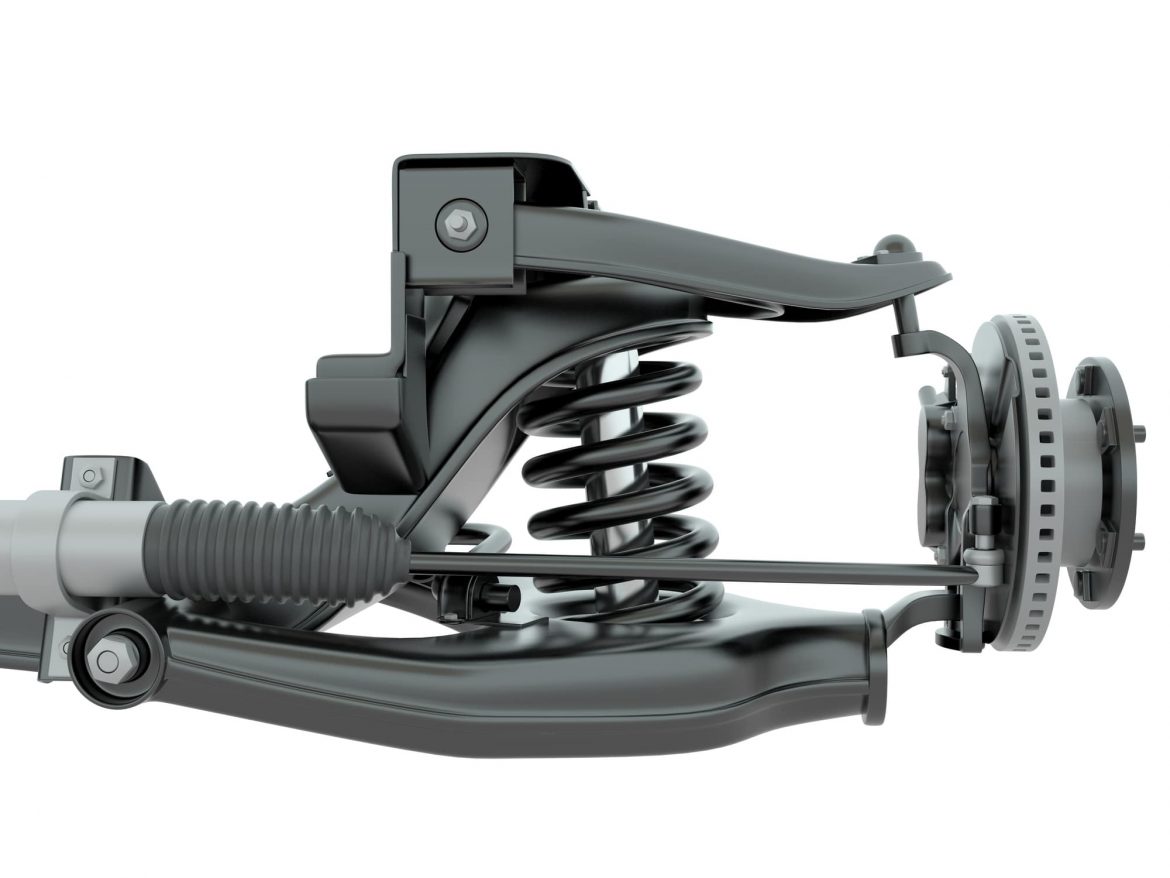If there is one thing everyone can do to optimize the life of their car engine, it is to take care of their motor oil. Keeping the oil level at full and changing the oil as indicated in the owner’s manual will extend the life of the car more than anything else. This is why there is a whole industry dedicated to oil changes. The consequences of driving around with low oil levels or with dirty oil over time are dire, and include overheating and destruction of the engine.
This does not make anyone happy, except perhaps your local new car dealer.
Although oil change vendors continue to peddle the notion that oil must be changed every 3,000 miles, most manufacturers do not recommend changing the oil more than every 5,000 or 7,500 miles. (Synthetic oils can be changed even less often – commonly every 10,000 miles.)
Check your owner’s manual for the right interval for your vehicle, but know that changing the oil more often does not improve its performance. It’s a bit like brushing your teeth: brushing them as recommended by dentists twice a day is sufficient. Brushing them more often doesn’t reduce the incidence of tooth decay. (In fact, brushing too much is detrimental, but that’s someone else’s blog.)
On the other hand, allowing your oil level to get close to empty, or failing to change your oil at the recommended intervals, are prescriptions for disaster. To understand why, let’s take a look at the purpose of motor oil.
What is the purpose of motor oil?
Very simply, motor oil lubricates the moving parts of a car engine, including the pistons, connecting rods, crankshaft and valves, reducing friction, wear and noise, keeping parts cool and boosting gas mileage. It does this by preventing metal parts from rubbing against each other hundreds of times every minute. With insufficient engine oil, every part of the car engine that moves would constantly scrape against another surface, harming both parts and wearing out faster. The friction also causes heat to build up, further eroding the performance of parts and reducing their lifespan. That’s why it is critical that your car have the clean, viscous oil to lubricate engine parts.
The motor oil you purchase in an auto parts store, buy online, or have installed at an oil change vendor contains additives that increase its value to the vehicle. It makes them like a weight-lifter on steroids, except without the downsides. They do things like inhibit oxidation that leads to rust, prevent dirt from clumping in the oil and reducing its lubricating quality, cleanse the surfaces they touch, defoam the product so bubbles don’t form (unlike a bath, or a soda machine, bubbles are a bad thing in motor oil), reduce friction, remember your spouse’s birthday with a card and flowers, and boost viscosity, which is the thickness of the oil that tends to degrade over time.
(Okay, we’re just kidding about your spouse’s birthday: you’ll have to take care of that yourself. But you’ll have time to, because you won’t be sitting at the mechanic’s shop waiting for your engine to get rebuilt.)
Will low oil cause overheating?
With the engine oil level low, the remaining oil must work harder and circulate faster, increasing in temperature without having an opportunity to cool off before circulating back into the engine to lubricate again. This leads to three impacts on the oil: oxidation, thermal degradation, and compressive heating.
In other words: it gets hotter and hotter and hotter.
As oil breaks down from overuse, it leaves behind a trail of sludge, tar, soot and other materials known by automotive experts as “yucky stuff.” This debris trail forms in the engine, creating more friction, more heating and more woe. At some point, what you have hurtling down the street, or the highway, is a machine in its death throes. This will lead to a similar state for your bank account. Goodbye, cool cash.
So yes, low oil can cause overheating, and a host of other problems before then. For example, low oil can cause misfiring as the engine heats up. This is not the primary source of misfiring – incomplete combustion in the cylinders is – but it’s just one more misery low oil can cause.
Engine oil wears out from normal use, particularly when the car is driven before the motor oil has time to heat up, thin out and lubricate best, and when the car is started after sitting for hours and cooling off. In other words, cool engine oil is not your friend either. Those who drive their car short distances spread over long intervals need to change their oil according to the calendar (usually twice annually) rather than the odometer.
Fixing oil leaks
As for oil leaks, there are many possible culprits, but regardless of the cause, they must be repaired ASAP. Most oil leaks are simple to fix, like a loose oil filter or a cracked seal or gasket anywhere along the oil line, including the oil pan, crankshaft and timing chain cover. Even the oil drain plug can corrode, or just not be screwed on correctly, and cause oil to leak out.
Oil leaks most commonly present themselves in the form of brown or black puddles beneath the engine, often with a rainbow-colored sheen. If the oil is leaking into the engine and mixing with gasoline, or with coolant, you might see blue smoke or bluish-gray smoke from the exhaust.
Replacing a leaking seal or gasket can cost anywhere from a few hundred dollars to a couple of thousand at a service station and may be necessary if the seal is severely degraded. Often though, gaskets and seals have small leaks due to normal heating and cooling cycles of the engine, underuse, or other factors that can cause the seals to dry out or crack.
These types of leaks can often be solved using BlueDevil Oil Stop Leak. Oil Stop Leak can repair and restore old or leaking seals to their original size and shape, putting an end to oil leaks and keeping your engine safe. If doing a full oil leak repair is time- or cost-prohibitive, consider pouring in an inexpensive bottle of Oil Stop Leak.
RVs with 6.7 Cummins diesel engines overheating
RVs are particularly prone to overheating because drivers expect them to do so much. They ask the vehicle to run the dishwasher and the air conditioning while towing a car stuffed to the gills with belongings down a highway at 70 miles per hour. Many RVs have 6.7 Cummins diesel engines, which often get blamed for the problem, though really they’re just being overworked. If the engine on your RV begins to overheat, ease off on some of the appliances running simultaneously and/or lighten the load being pulled before you worry about leaks, low oil levels and other potential causes. (Obviously, if an engine light is indicating low oil, coolant or other problem, you should address that.)
If you’re a loving and considerate RV owner who only asks their vehicle to work as hard as you do, consider the other potential causes of overheating. That starts with examining the coolant and oil levels.
If none of these seem to be the issue in your car, or you just have questions about what to do, reach out to BlueDevil’s Ask a Pro for help diagnosing the problem. That’s true for all manner of vexing questions about cars, trucks, and RVs. They offer free, unbiased advice from experts in the automotive field. But don’t ask them to remember your spouse’s birthday.
BlueDevil Products can be found on Amazon.com or at AutoZone, Advance Auto Parts, O’Reilly Auto Parts, NAPA, and other major auto parts retailers.
Related Articles



